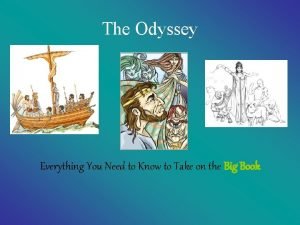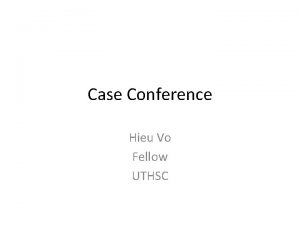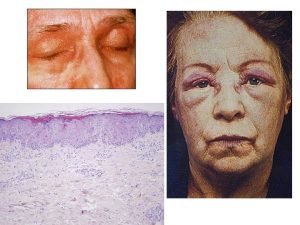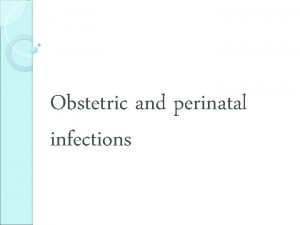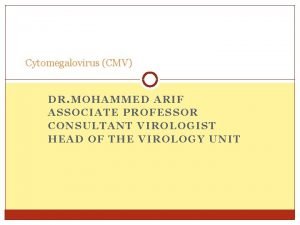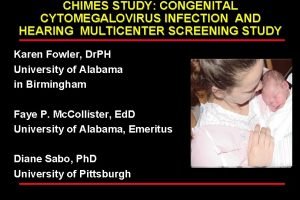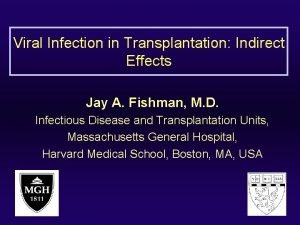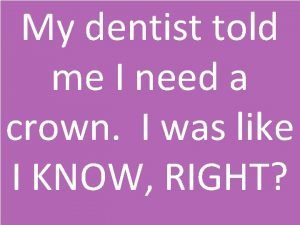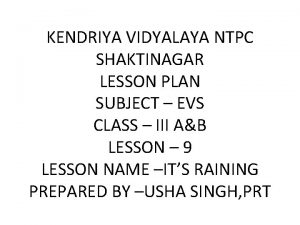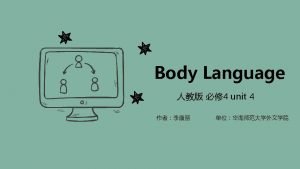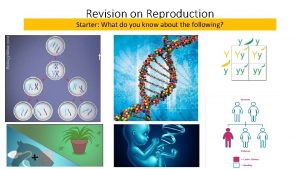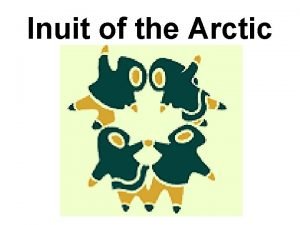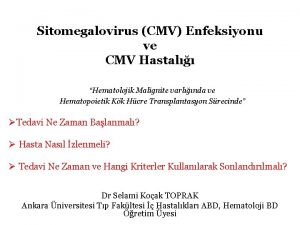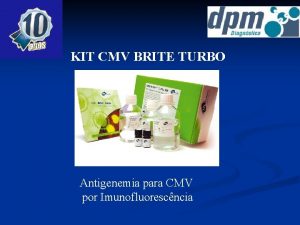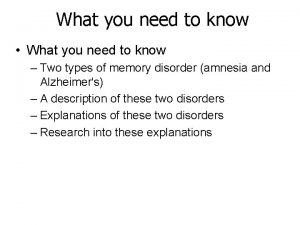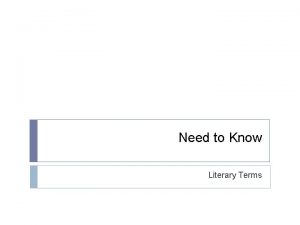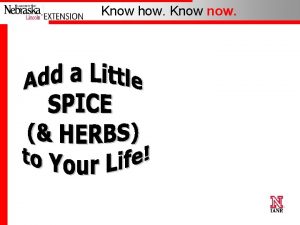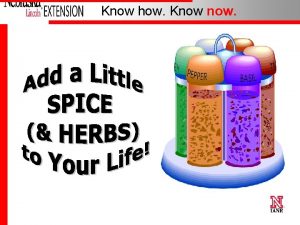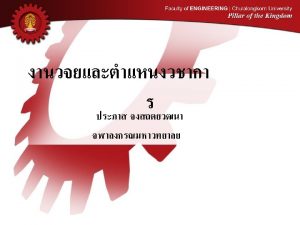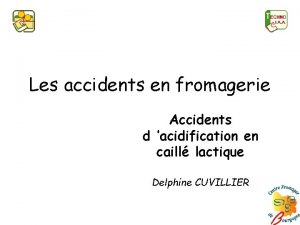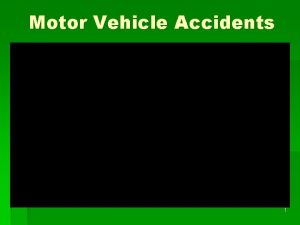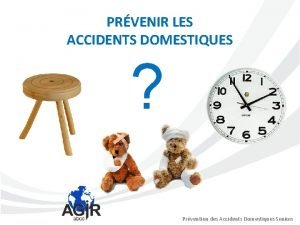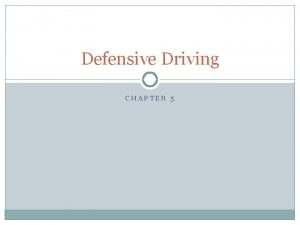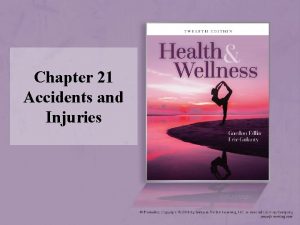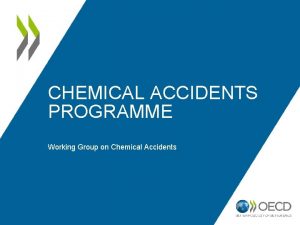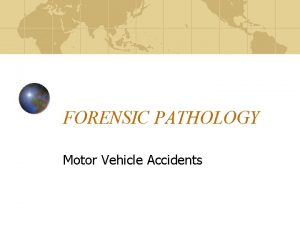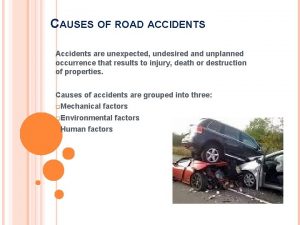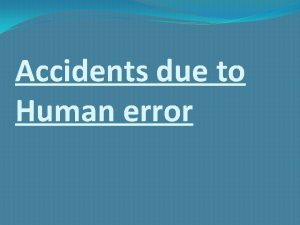CMV ACCIDENTS WHAT YOU NEED TO KNOW Accidents



























- Slides: 27

CMV ACCIDENTS WHAT YOU NEED TO KNOW

Accidents Happen When You Least Expect Them

How to Handle the Chaos • • What to do before an accident What to do at the scene What NOT to do at the scene What to do after the accident

PREPARATION • The key to performing at the scene of an accident -- be prepared before it occurs • Check your vehicle for proper Emergency Equipment • Know company Accident Reporting Procedures • Know your insurance information

EMERGENCY EQUIPMENT • Warning devices – Triangles or flares • Fire extinguisher – Is it charged and properly secured? • Accident packet – Report form and camera

Proper Use of Emergency Equip. • 4 Way flashers – Turn on immediately • Triangles – Place within 10 minutes • Do you know where to place triangles?

Triangle Placement – Straight Road

Triangle Placement – Divided Highway

Accident Reporting Kit • Always carry one in truck • Always know where to find it • Become familiar with its layout – Complete for EVERY accident

REPORTING PROCEDURES • • Who do you contact? What is the telephone number? Is the number different after hours? Who is the backup person to contact? • Do you know post-accident drug/alcohol testing criteria?

Post Accident Drug/Alcohol Testing • Driver is responsible for knowing regulations • Failure to get tested can be interpreted as a refusal to be tested => positive test result • Do you know when you must be tested under DOT rules?


AT THE SCENE. . . 1) Secure The Scene 2) Notify The Authorities & your company 3) Document The Details

SECURE THE SCENE • Stop the vehicle. – Do Not move the unit until the authorities tell you to move it, unless there is danger of fire • Shutdown engine and turn on flashers • Set out warning devices in proper locations • Attend to injured parties -- do not move injured people

NOTIFY AUTHORITIES & COMPANY • Do Not leave vehicle unattended • Use a telephone or CB if possible to notify • You may have to ask someone to call • ALWAYS notify, no matter how minor

WHAT NOT TO DO AT SCENE • DO NOT sign anything, except a citation from a police officer • DO NOT admit fault or apologize • DO NOT discuss the accident with anyone except the police, your company, and/or your insurance company • DO NOT photograph injured people

WHAT TO DO AT SCENE • DO be professional, courteous, and polite • DO fill out accident packet completely • DO get as much information as possible • DO take photos of relevant information

Photographing the Accident Scene

DOCUMENTING. . . • DO get information from witnesses. If unwilling to cooperate, get license plate number and vehicle description for insurance company • DO take pictures of scene and all damage • DO NOT take pictures of injured people • COMPLETE YOUR ACCIDENT KIT!!

AFTER THE EVENT • Take a few minutes to relax • Call your company to update them on details • Write down any additional details that you can remember • Learn from the experience to prevent future collisions – If you think there was no way to avoid this accident, what do you plan to do the next time you are in this situation?

Lets Talk About Speed • Speed is a major contributor to most accidents • Excess speed cuts down your field of vision • Excess speed increases your reaction time • Excess speed increases your stopping distance

Too Fast For Conditions?

Car vs. Truck Stopping Distance

Speed/Space Management • This is the key to avoiding accidents • Space management is relevant whether you are going 5 mph or 55 mph • When space between your truck and another object becomes zero – you just had an accident!

Protect Yourself By Protecting Others • Rule #1 – always assume every other driver on the road is crazy • Sometimes you have to protect bad drivers from themselves – But by doing this you are protecting the company and yourself as well (drive defensively)

Check Your Ego at the Door • Don’t tailgate to block someone from cutting you off • Don’t be aggressive because someone else is being aggressive • Drive like every car around you has one of your children in it!. . .

THANK YOU On Behalf of KMTA and Marvin Johnson and Associates. Thank You for attending!
 Everything you need to know about the odyssey
Everything you need to know about the odyssey Cmv klierkoorts
Cmv klierkoorts Viracor cmv-avr
Viracor cmv-avr Cmv
Cmv Gonorrhea ophthalmia neonatorum
Gonorrhea ophthalmia neonatorum Cmv
Cmv Cmv microcephaly
Cmv microcephaly Cmv
Cmv Best viruses
Best viruses Cmv retinitis
Cmv retinitis Five things we need to know about technological change
Five things we need to know about technological change My dentist told me to
My dentist told me to Kvs lesson plan
Kvs lesson plan Need to know basis
Need to know basis Fulghum all i really need to know
Fulghum all i really need to know Know history know self
Know history know self Do deep generative models know what they don’t know?
Do deep generative models know what they don’t know? The one who reigns forever he is a friend of mine
The one who reigns forever he is a friend of mine I wish you all the strength
I wish you all the strength Examples of inverted commas
Examples of inverted commas So you think you know minecraft
So you think you know minecraft Knowit it
Knowit it You're a poet and you don't know it
You're a poet and you don't know it If you're blue and don't know where to go
If you're blue and don't know where to go Do asexuals have sex
Do asexuals have sex Do you know who you are
Do you know who you are Wherever you go i will follow you
Wherever you go i will follow you Rascal flatts my wish
Rascal flatts my wish
